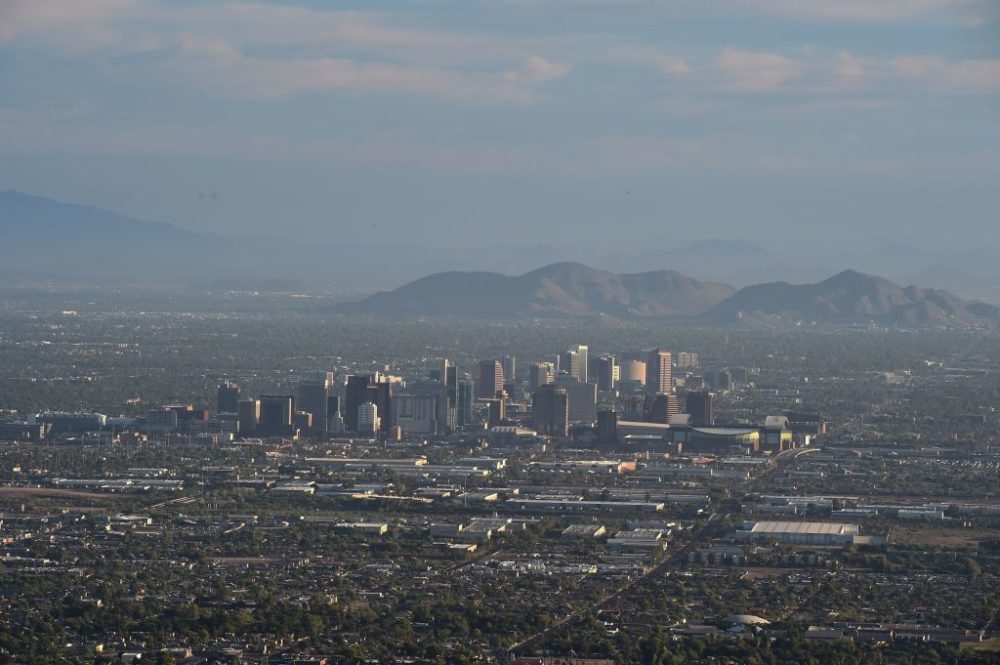Phoenicians know the feeling of blistering summer temperatures, and should prepare for more of 100+ degree days with climate change. Learn what Arizona State University professor Ariane Middel recommends for mitigating the discomfort associated with these heat waves.
“The hottest day in Phoenix history is June 26, 1990, when temperatures reached 122 degrees — but thanks to climate change, the desert city’s sweltering heat could break this record.
In hot places like Phoenix, residents rely on taking a break from the heat at night when temperatures significantly drop. But over the last half-century, the average nighttime temperature in Phoenix has increased by 9 degrees.”
As it gets hotter and less comfortable, we don’t want to revert to air conditioning as the only solution,’ says Arizona State University professor Ariane Middel. We want to have the environment comfortable so that people can actually be outdoors and be active.
Read the full story here.
